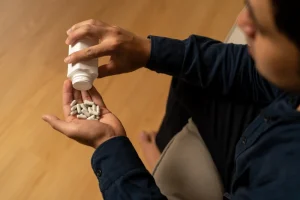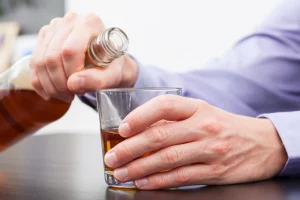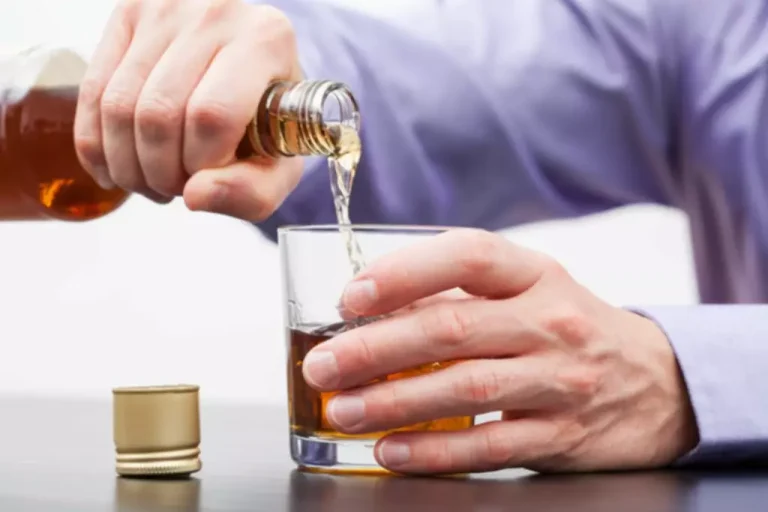Addiction Types

Occasional drug use, such as misusing an opioid to get high, can have similarly disastrous effects, including impaired driving and overdose. The downside of the probabilistic approach is that the output https://ecosoberhouse.com/ also is not a single numerical value but rather a likelihood distribution. Nevertheless, using graphical approaches (Figs. 1–3) the results for all drugs under study can be quickly compared.
- A person on cocaine will feel more euphoric, alert, and excited.
- This can result in job loss, health issues, and relationship concerns, among other things.
- It is estimated that between 14-20m people worldwide use cocaine and that in 2009 the cocaine market was worth about $75 billion.
Understanding Drug Use and Addiction DrugFacts
Hungering for real connection, we get the pale substitute of digital connection, which removes many natural constraints on mental disorder and weakens psychological resources. Nicotine is rapidly absorbed into the bloodstream and stimulates the adrenal glands to release adrenaline (epinephrine), which activates the central nervous system. It also acts on the brain’s reward system to release dopamine—briefly stabilizing mood and providing a short-lived but powerful incentive to repeat the experience.
- Most people think of substance use when they hear about addiction, but that’s not the only type of addiction.
- Alcohol addiction is simply a form of the larger category of drug addiction, so they each are intertwined together.
- One size does not fit all and a treatment approach that may work for one person may not work for another.
- Withdrawal from most addictions is accompanied by extreme discomfort, but with some substances (especially severe, long-term alcohol addiction) withdrawal can be life-threatening and requires medical supervision.
- According to the National Institute on Alcohol Abuse and Alcoholism, alcohol causes 88,000 (62,000 men and 26,000 women) deaths every year.
Addiction often goes hand-in-hand with other mental illnesses. Both must be addressed.
Problematic may also have been the nomenclature applied in previous studies, mixing up “hazard” and “risk” into the term “drug harm”. Risk is defined as “the probability of an adverse effect in an organism, system, or (sub)population caused under specified circumstances by exposure to an agent”16. The aim of all addiction treatment is to return a person to health, restore their ability to control their own behavior, and rebuild the life that was interrupted. That typically starts with removing access to the substance or activity, which ushers in a period of acute physical and psychological distress—withdrawal—that can last days or weeks. Withdrawal from most addictions is accompanied by extreme discomfort, but with some substances (especially severe, long-term alcohol addiction) withdrawal can be life-threatening and requires medical supervision.

Drugs Evolve Over Time

These values are reasonably consistent with our MOE for nicotine of 7.5 (individual exposure). However, it would be advisable for future risk assessments of tobacco smoking to include modelling of a combined MOE, which considers all toxic compounds. The methodology for comparative quantitative risk assessment was based on a previous study conducted for compounds in alcoholic beverages20 with the exception that probabilistic difference between drugs and alcohol exposure estimation was conducted65,66,67. The MOE is defined as the ratio between the lower one-sided confidence limit of the BMD (BMDL) and estimated human intake of the same compound. If the BMD as preferred toxicological threshold for MOE assessment is unavailable, no observed effect levels (NOEL), no observed adverse effect levels (NOAEL) or lowest observed adverse effect levels (LOAEL) may be applied.
- Drinking may become a regular part of your life, although it may not seem like anything to worry about.
- Some see it as opening the door to pathologizing everyday passions and pleasures.
- However, addiction is treatable and can be successfully managed.
- If they agree to get help, you’ll need to make sure they can start immediately.
For individual exposure, heroin has the second lowest margin of exposure. However, considering worst-case scenarios (e.g. 5th percentile), heroin may have a lower MOE than alcohol (compare standard deviation bars in Figure 1). On the other end of the scale, THC or cannabis can be consistently found to have high MOE values, as well as amphetamine-type stimulants and benzodiazepines. Cocaine and nicotine/tobacco were found to have intermediary MOE values. Similar studies were conducted by questioning drug users, resulting in a high correlation to the previous expert judgements10,11,12. The major criticism that was raised about these “panel” based approaches was the necessity of value judgements, which might depend upon subjective personal criteria and not only upon scientific facts13.

Behavioral Treatments
It is, pharmacologically speaking, a central nervous system depressant, with sedative and anxiety-dissolving effects. The vast majority of people have experienced one or more instances of alcohol intoxication. In short, all addiction treatment aims to help people find healthy new ways of handling life’s difficulties and rebuild the life that was derailed by addiction. Overcoming addiction usually entails finding meaningful goals to pursue, to provide the brain with rewards more naturally. Over time—usually months—successful treatment reverses the changes in brain circuitry that make substance use hard to control.

How do drugs work in the brain?

Alcohol Use Disorder Harm Reduction
How Does Addiction Develop in the Brain?
- For instance, your doctor may prescribe a drug called disulfiram.
- Some drugs like opioids also disrupt other parts of the brain, such as the brain stem, which controls basic functions critical to life, including heart rate, breathing, and sleeping.
- Your donation can make a difference in the future of healthcare.

Commenti recenti